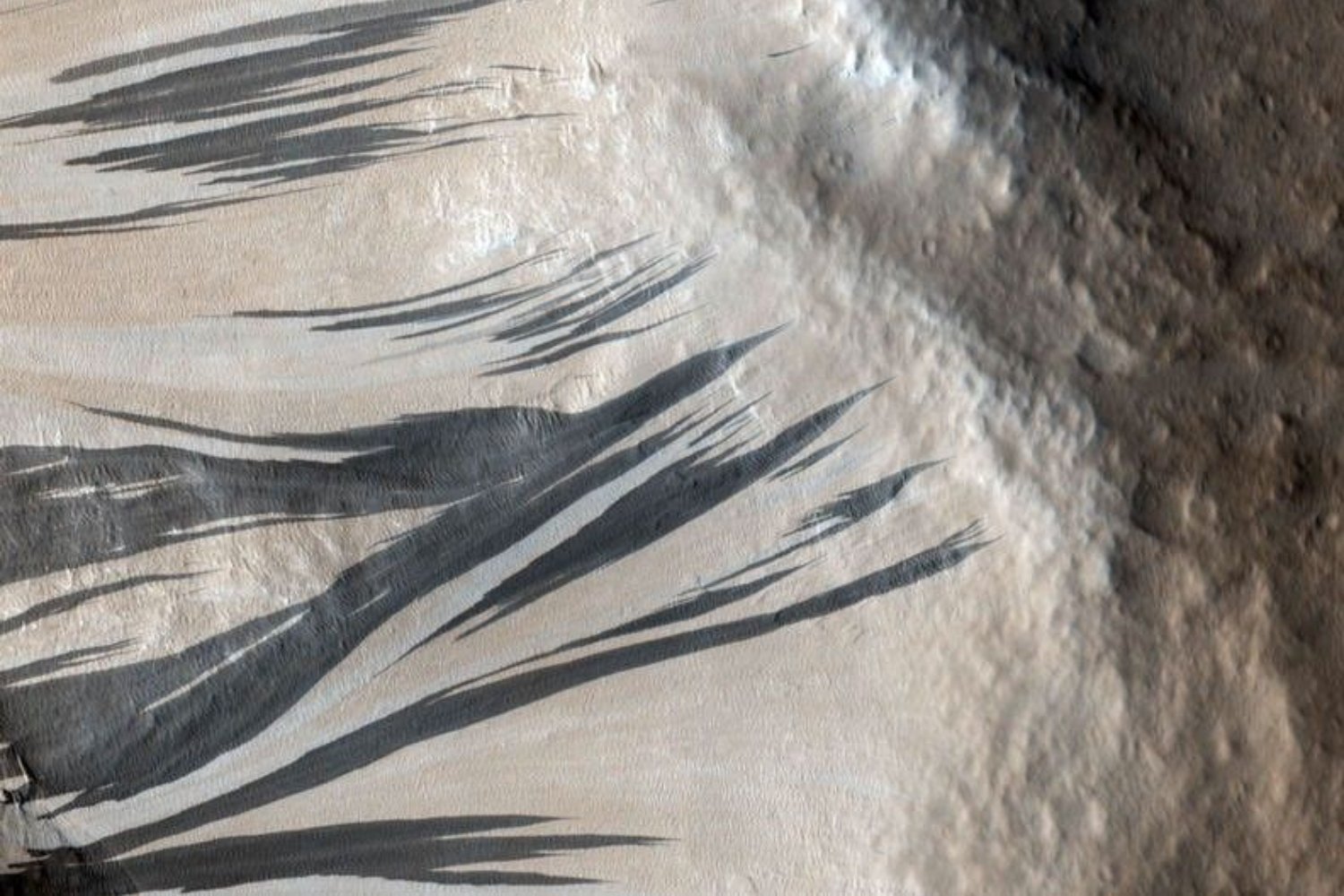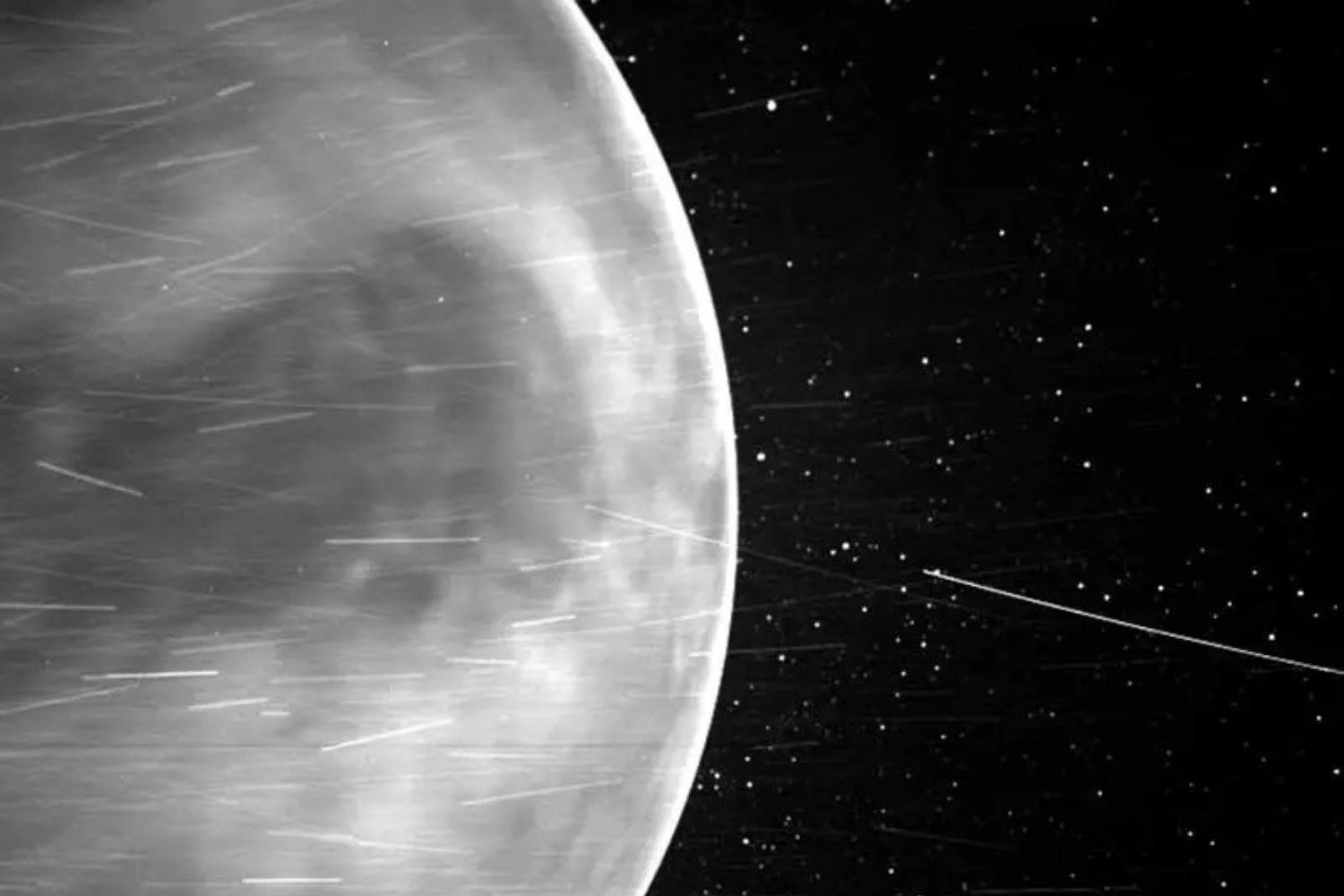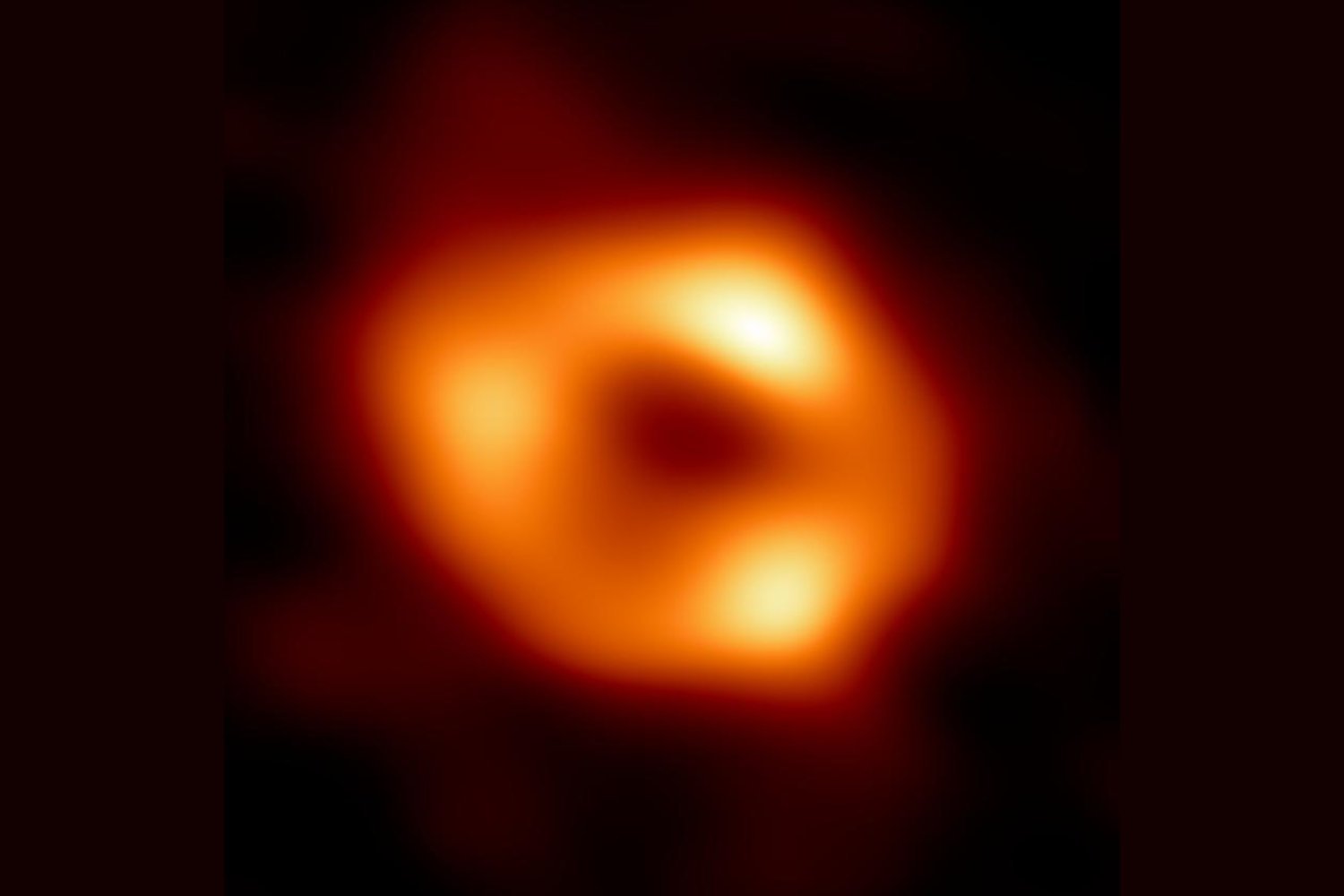Since NASA’s Viking mission first imaged Mars in 1976, enigmatic dark streaks on its slopes have puzzled scientists. While some hypothesized these Martian streaks resulted from water flow, a recent study employing artificial intelligence suggests a different culprit: wind and dust. This finding carries significant implications for future Mars exploration and our ongoing quest for habitable environments beyond Earth.
The Enduring Mystery of Martian Slope Streaks
These distinctive geological features, known as slope streaks, vary. Some are long-lasting, while others, termed recurring slope lineae (RSL), are transient, appearing seasonally during Mars’ warmest periods. The Red Planet is largely dry and cold (temperatures down to -225°F / -153°C). Yet, the idea that small amounts of water—from ice, subsurface sources, or humidity—could mix with salt to flow as brine fueled the water hypothesis. Such features were considered potential habitable zones, but some scientists argued dry geological processes were more likely.
AI Deciphers the Data: A Novel Investigative Approach
To settle this debate, scientists from Brown University and the University of Bern employed artificial intelligence. Their study in Nature Communications details how they trained an algorithm on confirmed slope streak sightings. This AI then scanned over 86,000 high-resolution satellite images, creating a global map of Martian streaks. [internal_links]
Valentin Bickel, a study co-author from the University of Bern, explained in a Brown University statement, “Once we had this global map, we could compare it to databases and catalogs of other things like temperature, wind speed, hydration, rock slide activity and other factors… to better understand the conditions under which these features form.”
Wind and Dust: The Likely Sculptors of Martian Streaks
The analysis revealed no definitive link between slope streaks or RSLs and indicators of liquid water or frost. Instead, both types of Martian streaks predominantly appear in areas with high wind speeds and significant dust deposition. This strongly suggests a dry process: abrupt slides of dust layers down slopes, likely triggered by external forces like wind or minor seismic events on Mars.
Rethinking Mars Exploration and the Search for Life
These findings offer crucial insights for future Mars missions, rather than being a setback in the search for alien life. Had the streaks been confirmed as water-related and potentially life-hosting, NASA would likely avoid these zones to prevent contamination by terrestrial microbes from spacecraft, which could compromise the search for native Martian life.
Adomas Valantinas, co-author and a Brown University planetary scientist, noted, “That’s the advantage of this big data approach. It helps us to rule out some hypotheses from orbit before we send spacecraft to explore.” This enables more focused and secure exploration planning.
Ultimately, this AI-driven research significantly reframes our understanding of Martian streaks, pointing towards dynamic, dry aeolian processes—wind and dust—as their primary architects, rather than liquid water. While the quest for water on Mars continues, this study underscores the value of diverse scientific inquiry. It highlights how technological advancements like AI can help refine our exploration strategies and deepen our knowledge of the Red Planet, even when findings challenge long-held assumptions about extraterrestrial environments.











